KGB, FBI, SIU, and R. Buckminster Fuller
/https://siu.edu/search-results.php
Last Updated: Jan 31, 2025, 02:50 PM
R. Buckminster Fuller - the architect, academic, and inventor, best known for the geodesic dome - was for some years a professor at SIU. Recently gizmodo.com received a redacted copy of Fuller's FBI file in response to a FOIA request. The dossier provides an inside view of a Cold War counterintelligence investigation that was anything but a witchhunt, while the last documents in the file strongly suggest that the FBI was on the trail of a Soviet 'illegal' - an intelligence officer operating in the United States under non-official cover (NOC) as a student at SIU.
Learn More: The Basics of Intelligence Collection
The Federal Bureau of Investigation is the lead US government agency for counterintelligence investigations, responsible for identifying spies and protecting US persons and information that might be targeted by foreign intelligence services. Most of Fuller's FBI file covers the period from 1959 to 1968, the height of the Cold War. This was a period when the Soviets recruited American agents based largely on the latters' support for Communism. Fuller, however, was no Communist. He was, in fact, a capitalist, and sought to profit from his inventions and designs.
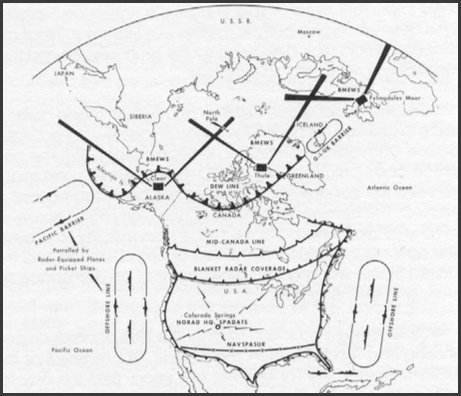
Figure 1.Map via norad.mil. The DEW Line was the first line of defense against attack by the Soviet Union
By the time the FBI started looking closely at Fuller, he was the exclusive supplier of domes used to house radars along the DEW line. Operated by NORAD, the Distant Early Warning system was a line of radar installations above the Arctic Circle, stretching from Alaska to Greenland. The DEW Line was a vital element in defending the United States from Soviet bombers, and the FBI was keenly aware of Fuller's involvement in the project. That the Soviets would be interested in any and all information they could acquire about the DEW Line is obvious, though it remains unclear if the KGB even knew of Fuller's involvement in the DEW Line project.
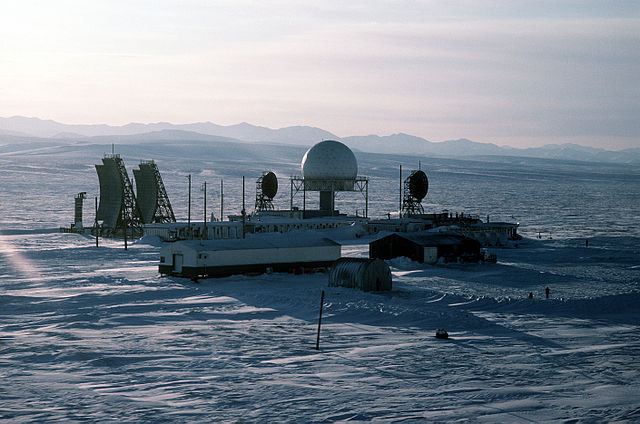
Figure 2. DEW Line installation in Point Lay, Alaska. Fuller's dome protected the radar from the Arctic weather.
In 1945 a source provided the FBI with documents from the American Russian Institute that listed R. Buckminster Fuller among "...distinguished men and women who are endorsing the campaign of the American Russian Institute for funds to permit the expansion of its facilities and services to the American public." In 1947 the Bureau acquired a document that listed R. Buckminster Fuller as a member of the American Soviet Science Society. Both organizations were subsequently deemed threats to US national security and shut down under provisions of Executive Order 10450. The FBI doesn't appear to have ever asked Fuller to explain his apparent association with either entity, and it is certainly possible that the KGB simply "borrowed" Fuller's name without his knowledge or permission. In any event, such front organizations exist precisely to draw in people who might otherwise steer well clear if the political orientation or affiliation of such organizations were clear.
Learn More: Basic Types of Intelligence Operatives
In 1959 the Bureau's Washington Field Office launched a counterintelligence investigation when they became aware that Fuller had met with one or two Soviets who the FBI knew to be KGB officers working under official cover in New York City. It appears unlikely that Fuller knew his Soviet acquaintances were KGB. Having failed to find "any specific derogatory subversive information regarding" Fuller, the FBI closed his file in 1960. One or the other of these Soviet agents subsequently attended conferences Fuller presented at in 1962, 1963, and 1964, in London, Mexico City, Denver, and Leningrad. Fuller doesn't appear to have thought this was anything other than a coincidence, and he was busy pursuing his own agenda.
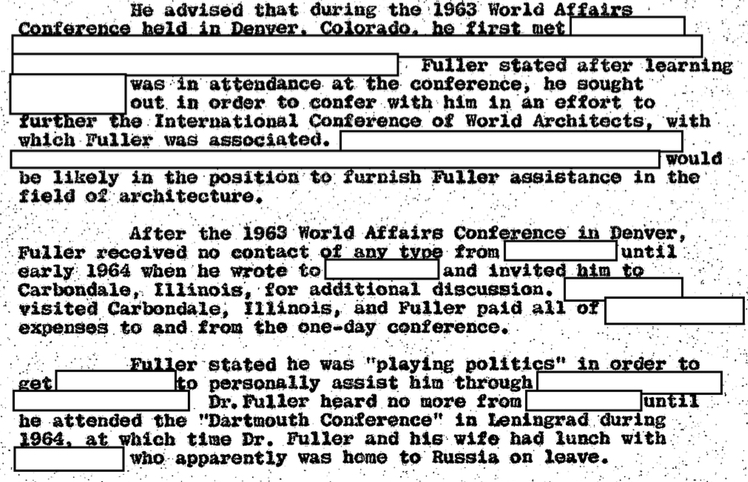
Figure 3. Excerpt from FBI report on 1965 interview with R. Buckminster Fuller
That Fuller was attempting to get United Nations and/or Soviet support for his World Design Science Decade and the International Conference of World Architects is clear. What the KGB was looking to get out of Fuller is not known. Fuller's concept of a Geosocial Revolution may have appealed to the Soviet Union's own technocratic and futurist aspirations, though Fuller's revolution was to be one of better design, engineering, and efficiency in the use of resources, and bore no resemblance to Soviet-style Communist Revolution. In addition, Fuller was openly hostile to and critical of the leadership of the USSR, though the Soviet Union may have been willing to overlook that in exchange for being seen as supportive of Fuller's work.
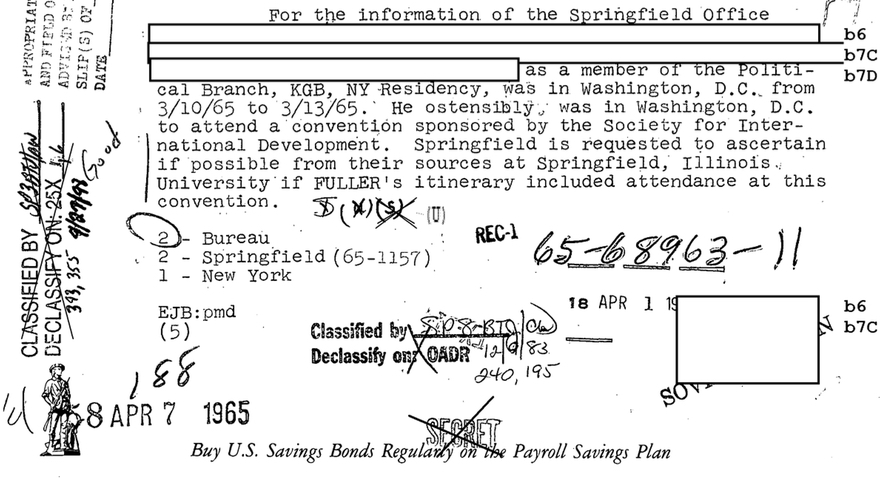
Figure 4. Excerpt from FBI HQ to Springfield office re: possible meeting between Fuller and KGB officer working under official cover.
The FBI's file on Fuller was again re-opened in 1964, in response to his travels, chance encounters with KGB officers, a trip he funded for a Soviet agent to come to Carbondale, and Fuller's subsequent presence at a gathering of leading scientists with President Johnson at the White House in October of 1964. FBI Director J. Edgar Hoover ordered the Springfield office to interview Fuller with the aim of answering the many lingering questions about Fuller and his relationship with the undercover KGB officers. Between FBI procedural issues and Fuller's travel schedule, it wasn't until September of 1965 that agents were able to finally meet with Fuller in his dome at 407 South Forest St. By the time Fuller was done talking, the FBI had no further concerns about him, or his loyalty to the United States, and knew more about Geosocial Revolution than they likely wanted to. Fuller's file was once again closed.
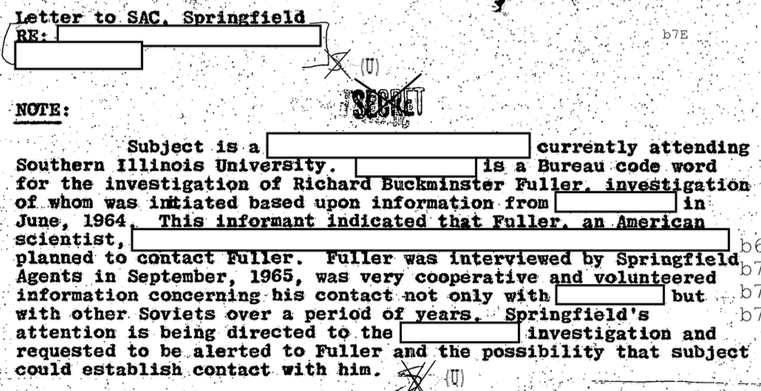
Figure 5. Note from FBI HQ to Springfield office asking them to remember Fuller as they procede in the investigation of the illegal.
In late September, 1968, a note is made in Fuller's file. While somewhat redacted, it seems that the FBI was hot on the trail of a foreign agent, likely a Soviet illegal. As far as the FBI knew, this individual had no knowledge of or interest in Fuller, but if that were to change, the Bureau planned to approach Fuller, with an eye toward using Fuller as an additional source of information regarding the spy's activities at SIU. Questions remain, however. Who was the spy, and why were they at SIU?
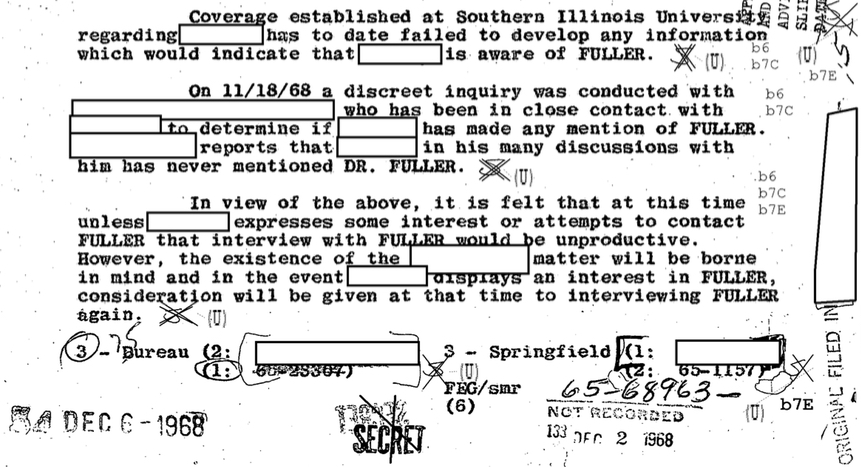
Figure 6. Initial finding of Springfield FBI Office re: foreign agent at SIU and Fuller.
Placing an intelligence officer under non-official cover deep in the heartland of a foreign country involves quite a commitment of resources and no small amount of risk. As for who or what may have been the target, there was quite a lot going on at SIU in 1968. There was an increasingly violent radical student movement (the Ag Building was bombed in May of '68), and there were both Eastern European and Vietnamese studies programs that would have been of great interest to the KGB. One thing we do know with a high degree of confidence is that there was a male foreign agent at SIU, enrolled as a student (graduate or undergraduate), in the Fall semester of 1968.
Tweet Follow @siuc_police